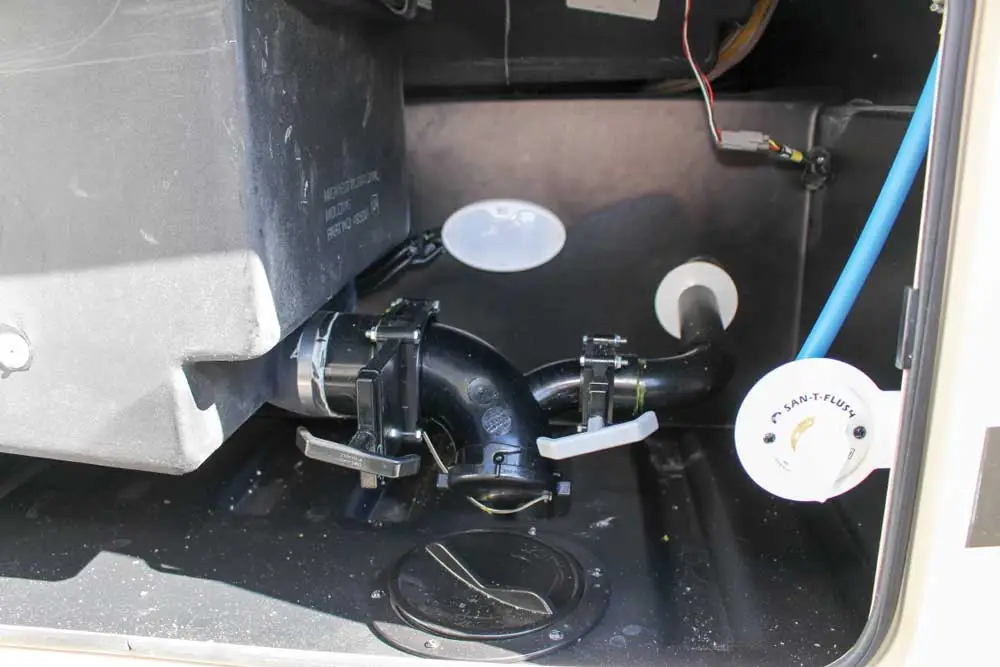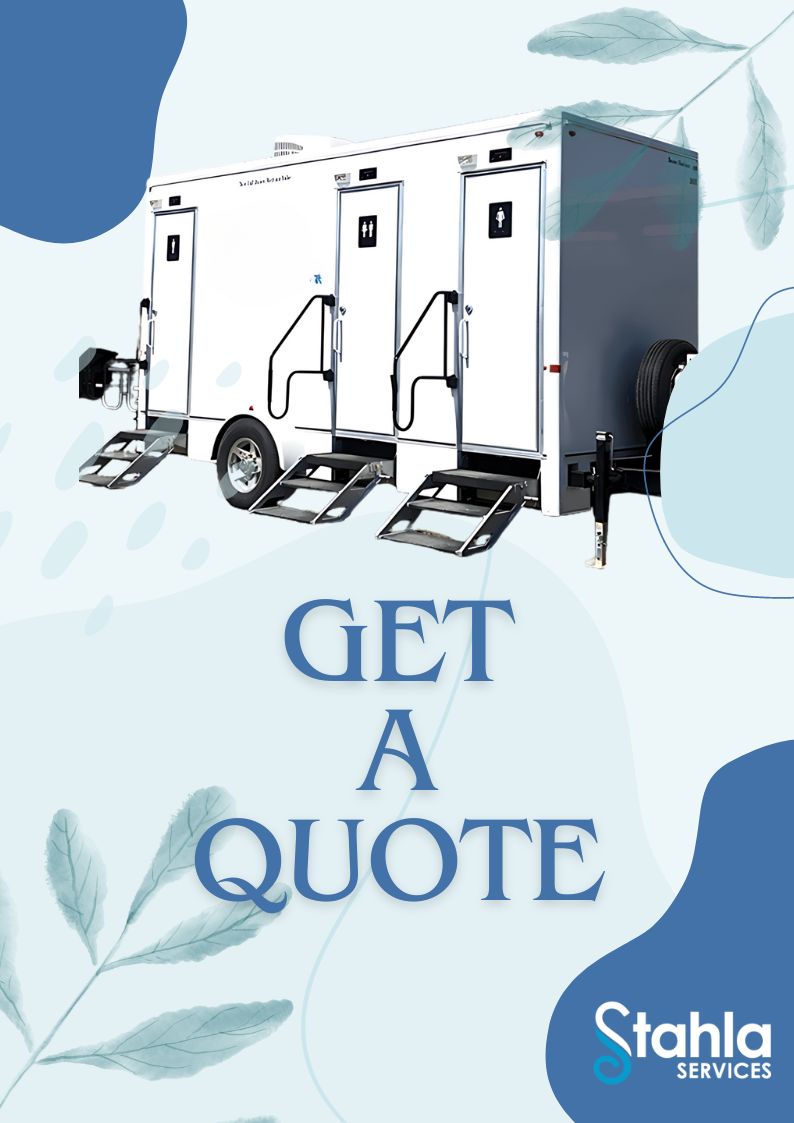What happens to the porta potty waste?
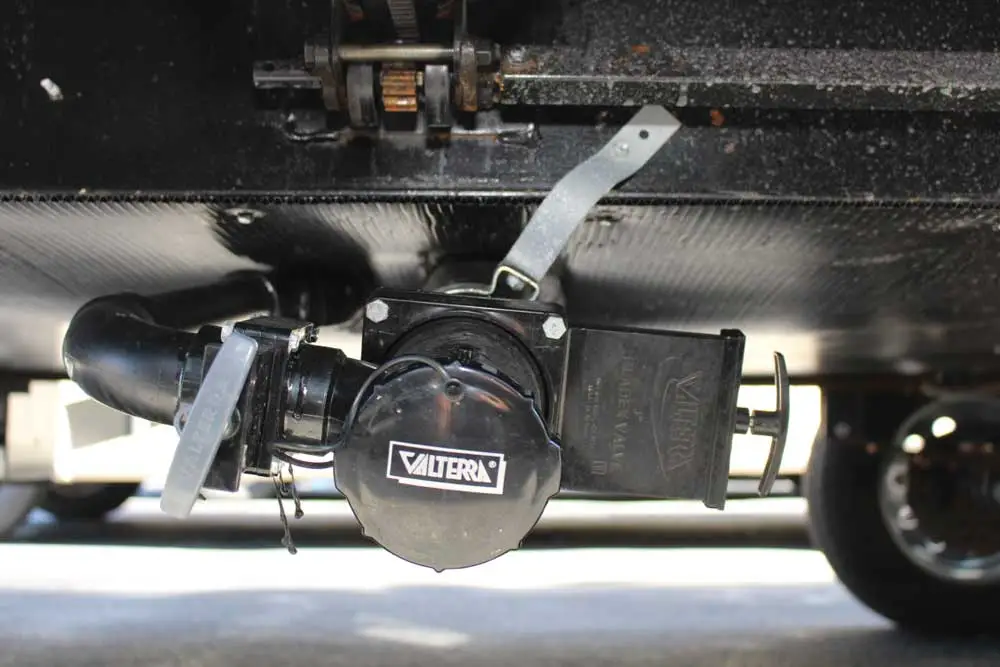
This is a question that often arises when people consider using portable toilets for their events or construction sites.
The process of managing and disposing of porta potty waste is a complex one, involving specialized equipment, rigorous safety protocols, and trained professionals.
In this blog post, we’ll delve into the day-to-day operations of sanitation workers who handle this challenging task.
You’ll gain an insight into the steps they take to keep porta potty facilities clean and odorless while adhering to safety protocols.
We will also discuss some unusual incidents that can occur on the job, emphasizing why regular cleaning schedules are crucial.
Additionally, you’ll learn about the health precautions these workers must take to protect themselves from hazardous materials found in porta potty waste.
Finally, we will touch upon training standards within the industry – what they currently are and what happens when they’re not met.
So if you’ve ever wondered “What happens to the porta potty waste?” stay tuned as we unravel this less-discussed aspect of waste management.
The Role of a Portable Sanitation Technician
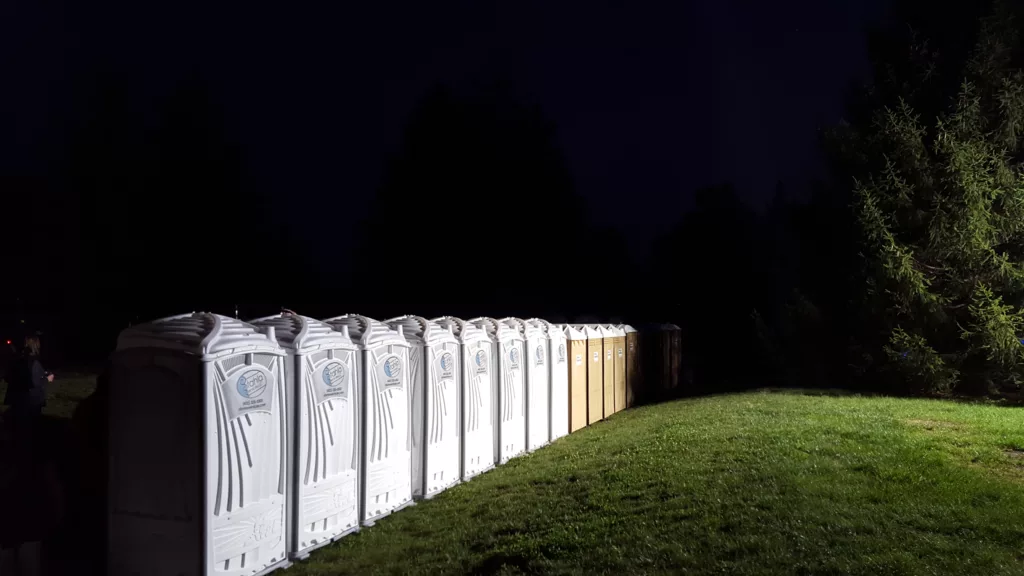
Being a portable sanitation technician is no easy feat. It’s more than just emptying waste from porta potties; it’s about ensuring cleanliness and hygiene for users at all times.
Insider Look: A Day in the Life of a Sanitation Worker
Jerry, an experienced technician, shared his daily routine with us.
He meticulously cleans each unit on-site using specialized equipment like petrol-driven vacuum pumps to ensure they’re ready for use again.
His dedication underscores the importance of this often underappreciated role.
The Cleaning Process and Equipment Used
The cleaning process starts by pumping out waste using a vacuum pump.
Then, the interior is scrubbed clean and disinfected thoroughly.
Lastly, deodorizers are added to keep unpleasant odors at bay.
This comprehensive cleaning process ensures that every user has a pleasant experience when using our facilities.
Aside from these tasks, technicians also need to be prepared for unexpected issues such as leaks or blockages – making their job both challenging and crucial in maintaining public health standards.
Proper Maintenance for Odorless Porta Potties
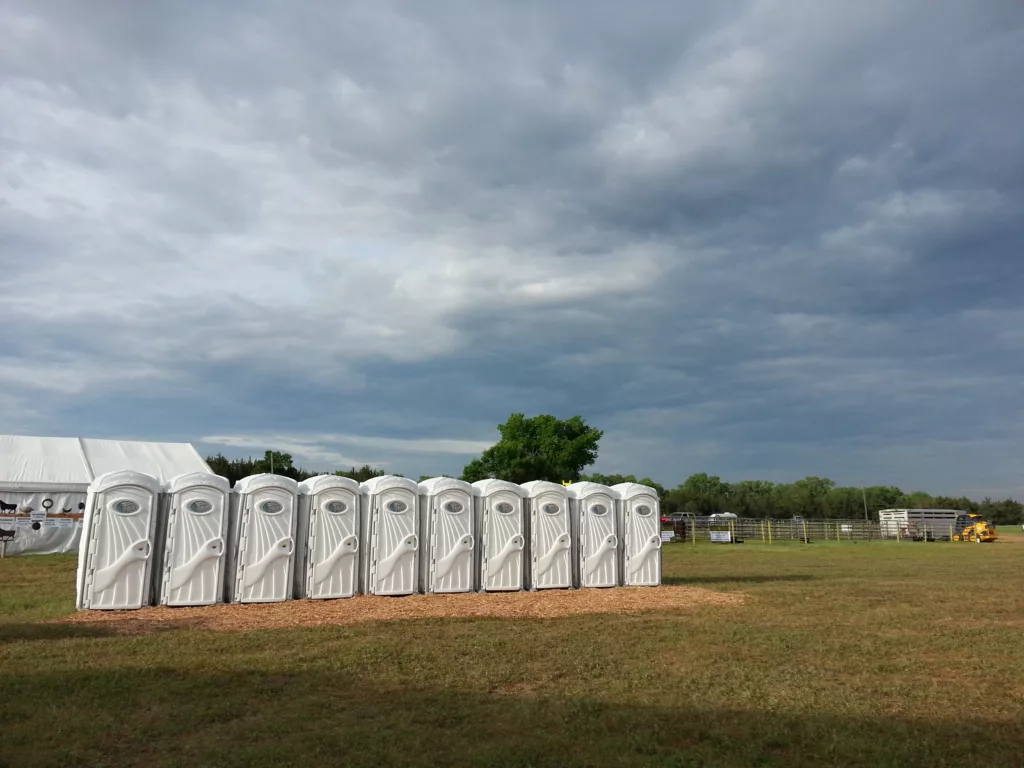
Keeping porta potties fresh and odor-free is crucial, especially at high-profile events like outdoor weddings or on busy commercial construction sites.
Let’s dive into the importance of water level management and the consequences of poor toilet maintenance.
Water Level Management is Key
The secret to an odorless portable restroom lies in managing the water level correctly.
Too little water can lead to unpleasant smells emanating from the waste tank.
It’s essential that sanitation workers ensure adequate amounts are added after each cleaning service.
The Dangers of Poor Toilet Maintenance
Poorly maintained porta potties create an uncomfortable experience for users and pose health risks due to potential bacterial growth.
Inadequate cleaning could result in lingering odors, which may affect your event or work site negatively.
For this reason, hiring professional services like Stahla Services, which prioritize regular maintenance and proper sanitation practices, is highly recommended.
Unusual Incidents at Work

No two days are ever the same for a sanitation worker, with surprises both welcome and unwelcome awaiting them on their rounds.
The job can be unpredictable and full of surprises – some pleasant, others not so much.
Unexpected Encounters During Service Rounds
Take, for instance, the case of Jerry who once found a rat in one of the porta potties he was servicing.
It’s encounters like these that highlight why thorough cleaning is essential to prevent such unwanted guests from taking up residence.
Check out other tales of similar situations here.
Implications for Regular Cleaning
The presence of rodents or other pests indicates poor maintenance and could pose serious health risks.
Hence, regular cleaning is non-negotiable when it comes to portable toilets.
From removing waste with vacuum pumps to sanitizing surfaces with high-grade disinfectants – every step matters.
Maintaining an odorless environment in porta potties isn’t just about keeping users comfortable; it’s also crucial for preventing infestations and ensuring safe working conditions for our technicians.
Health Precautions for Sanitation Workers
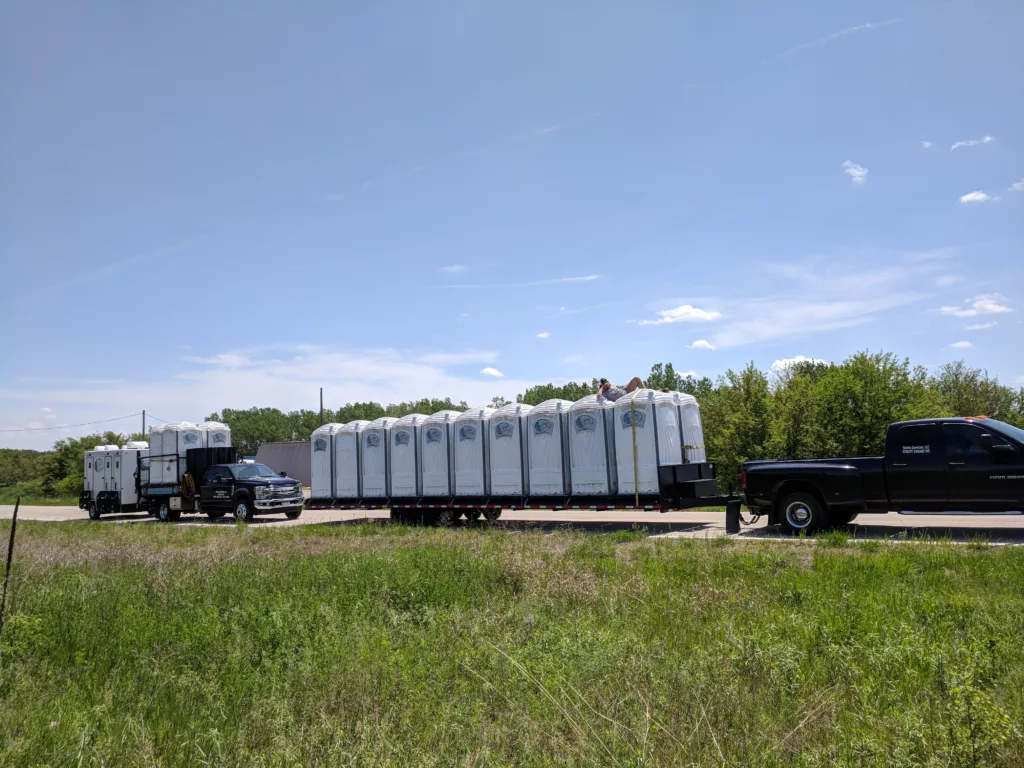
In the world of portable sanitation, health precautions are paramount.
These workers are exposed to various potential hazards that can be mitigated with proper measures.
Necessary Inoculations for Waste Handlers
The CDC recommends inoculations against diseases like tetanus and hepatitis A & B for those working in waste management.
Staying current with vaccinations is essential to avoid serious health complications.
Hygiene Practices to Follow at Worksite
Maintaining good hygiene is another important aspect.
Frequent handwashing, utilizing sanitizers, and abstaining from direct contact with refuse can significantly diminish the danger of contamination.
Training Standards in Portable Sanitation Industry
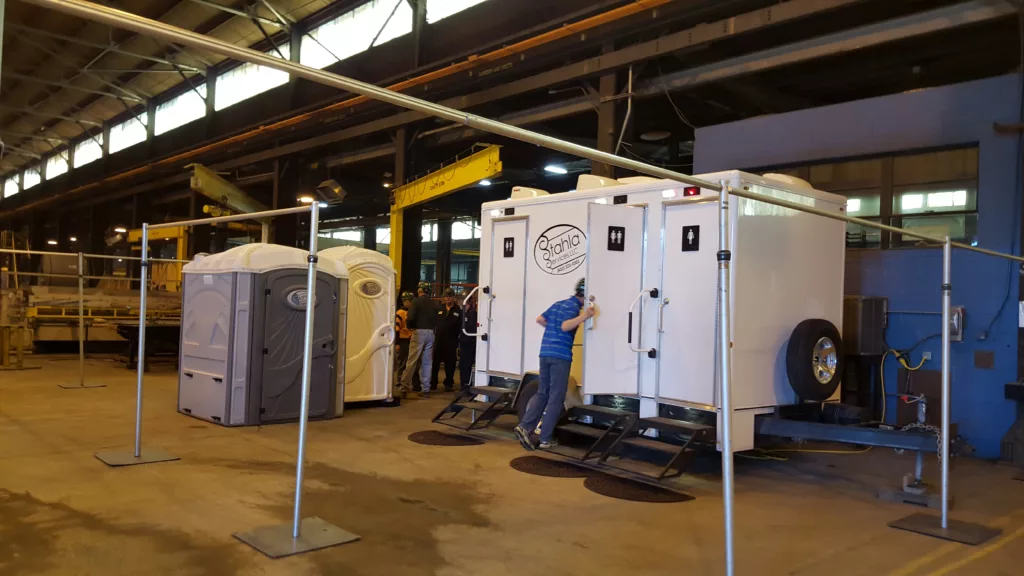
The portable sanitation industry requires proper training to ensure safety and efficiency.
Despite this, there appears to be a deficiency of structured courses in the sector.
The State of Formal Training Courses Within the Industry
Formalized courses have been withdrawn in countries like the United States due to low uptake.
This has led companies to resort to ad hoc internal trainings that may not cover all necessary aspects or follow standardized procedures.
Consequences of Insufficient Training
This absence of standardization can lead to inconsistencies in service quality and potentially hazardous situations for both workers and users.
For example, improper handling of waste could result in health risks, while inadequate maintenance might cause unpleasant odors or even equipment failure.
Therefore, it’s essential that the industry works towards establishing more comprehensive training programs.
Without proper training, the portable sanitation industry could be in deep… well, you know.
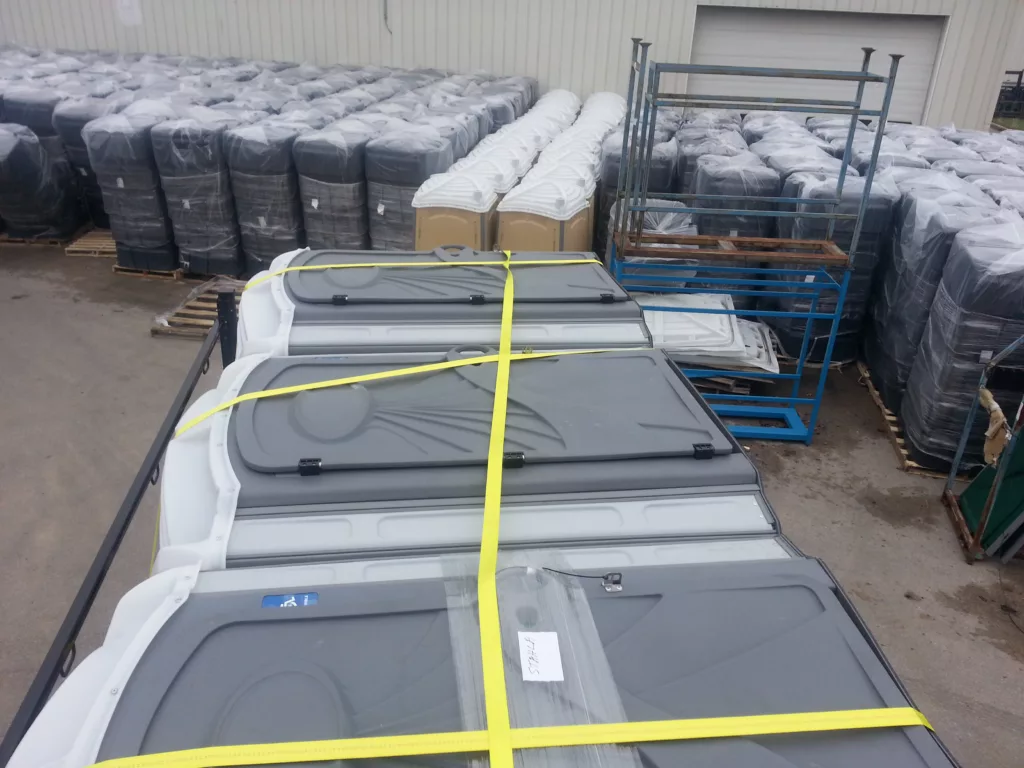
FAQs in Relation to What Happens to the Porta Potty Waste?
What happens to the waste in a porta potty?
The waste from a porta potty is pumped out by sanitation workers using specialized equipment, then transported for treatment at local wastewater facilities.
How are portable toilets emptied?
Portable toilets are emptied through vacuum pumping systems which extract all liquid and solid wastes, and then cleaned and sanitized before refilling with deodorizer solution.
How many gallons of waste does a porta potty hold?
A standard portable toilet can typically hold around 60 gallons of waste, although larger models may have greater capacity.
Are porta potties sustainable?
Yes, modern portable toilets are designed with sustainability in mind – they use minimal water compared to traditional restrooms and their contents are treated according to environmental regulations.
Conclusion
Understanding what happens to porta potty waste is crucial for users and managers, and proper maintenance is key.
Proper maintenance includes managing water levels, following hygiene practices, and using personal protective equipment.
Unexpected incidents can occur during service rounds, so taking necessary precautions is important to avoid them.
Portable sanitation technicians play a vital role in ensuring that these facilities are safe for use.
With proper training standards in place, we can ensure a safer environment for both workers and users.


